
views
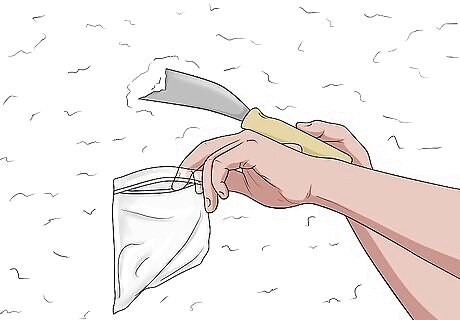
Check your ceiling for asbestos. Though asbestos was no longer legal to use after the late 1970s, it was not uncommon for drywall compounds used in textured ceilings to contain asbestos. Carefully send a sample by scraping the ceiling into a plastic bag to an asbestos lab. If your ceiling does contain asbestos, professionals will have to do the sanding job for you.
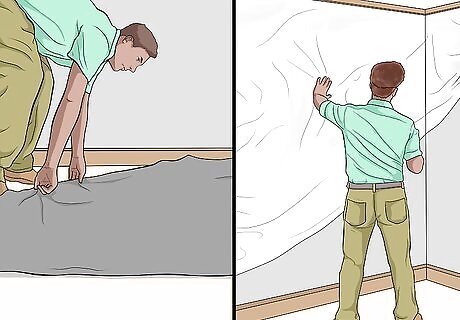
Prepare the area where the ceiling will be sanded. Make sure all electrical outlets are covered well. Cover the floor in heavy duty plastic and bring it up the wall about 1 foot (0.3 m). Tape it in place. Cover the walls with heavy duty plastic and keep it in place with painter's tape all along the top so no dust can fall through. Make sure the plastic is long enough to reach the floor. Cover the floor with plastic for sanding a stipple ceiling and resin paper for sanding a popcorn ceiling.
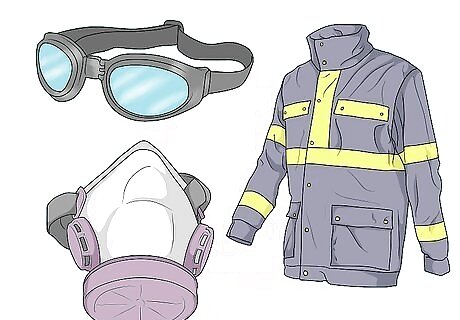
Protect yourself with eye goggles, respirator mask and protective clothing. Sanding can get very dusty and you do not want to breathe it in or get it in your eyes.
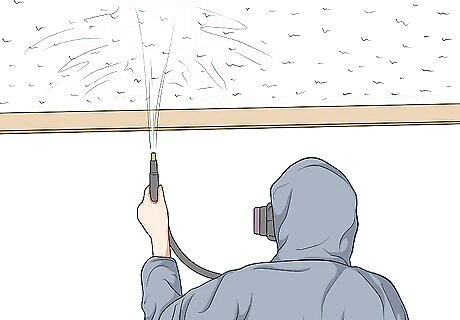
If you are sanding a popcorn ceiling, wet the ceiling with water using a garden sprayer. Do not saturate the ceiling but wet it thoroughly. Start with a 4 foot (1.2 m) area so the ceiling does not dry before you get to it.
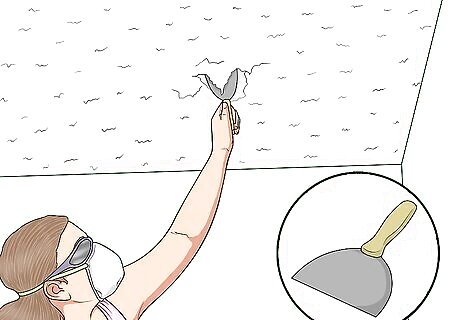
Scrape the popcorn ceiling with a rounded joint knife, which is required when sanding a popcorn ceiling. You may need to apply more water if it is difficult to scrape.
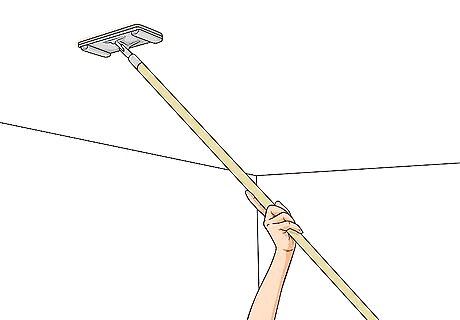
Use a long pole with a sanding pad to sand the ceiling once the popcorn has been scraped off.

If you are sanding a stipple ceiling, use an electric sander with dust bag. It should be lightweight as you will be holding this over your head. Use 80 grit sandpaper. Move the sander over an area back and forth slowly. This will knock down the stipple.
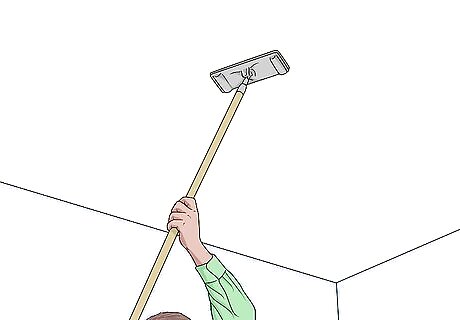
Smooth out the stipple ceiling with a pole sander after using the electric sander. Use 120 grit sandpaper, followed by 200 grit.


















Comments
0 comment